Money & Cycles Weekly Bulletin
Job openings still sliding
July 14, 2025 by Simon Ward
-
- Timely Indeed numbers on job postings continue to trend lower across most economies (see charts).
- The positions of Canada and the UK as positive and negative outliers respectively are consistent with relative monetary policies and money growth (i.e. the UK MPC has been asleep at the wheel) (see charts).
- Chinese six-month money momentum has cooled but additional monetary policy support is arriving (see charts).
- Japanese capital flow numbers cast doubt on the idea that rising Japanese yields are sucking capital out of other bond markets, driving upward pressure on yields (see charts).
- Japanese money trends remain very weak and goods PPI inflation has slowed (see charts).
Indeed numbers on job postings continue to trend lower across most economies, with the UK weakest and Canada showing relative resilience:
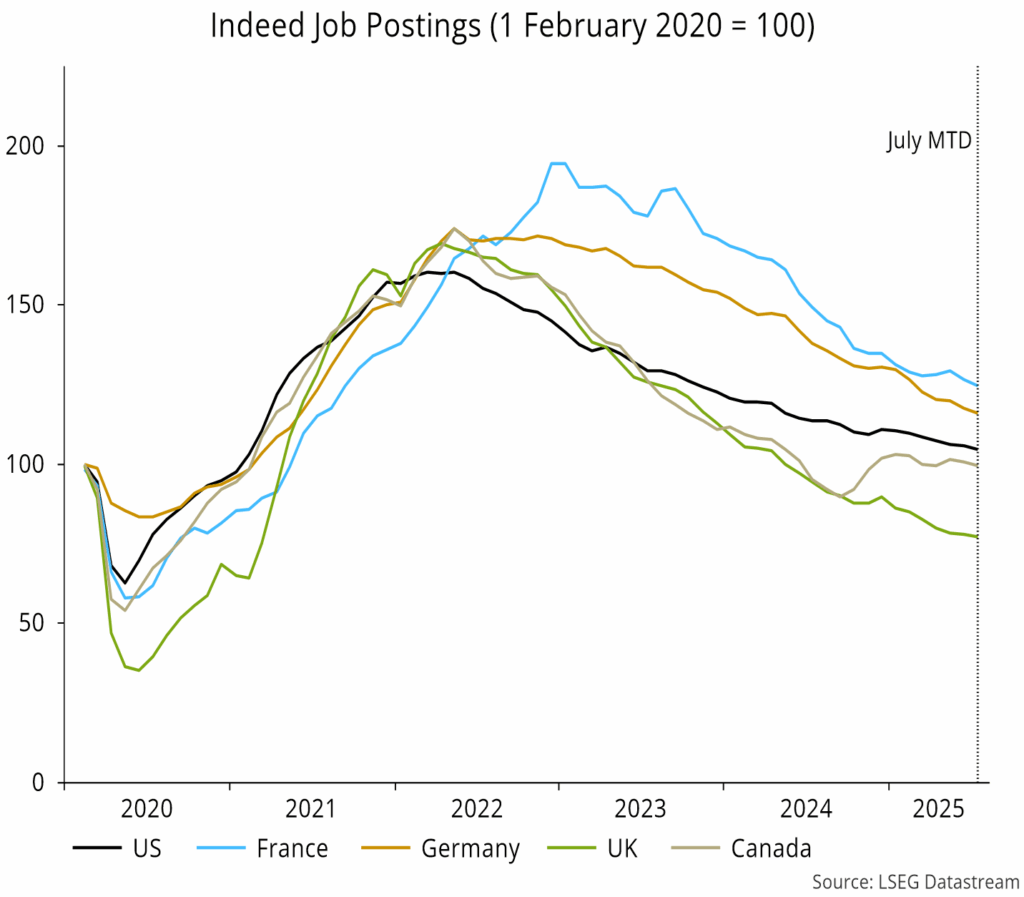
Canada’s June labour market report surprised positively, with unemployment ticking down.
US official job openings have been volatile but the Indeed numbers suggest that the trend is still down:
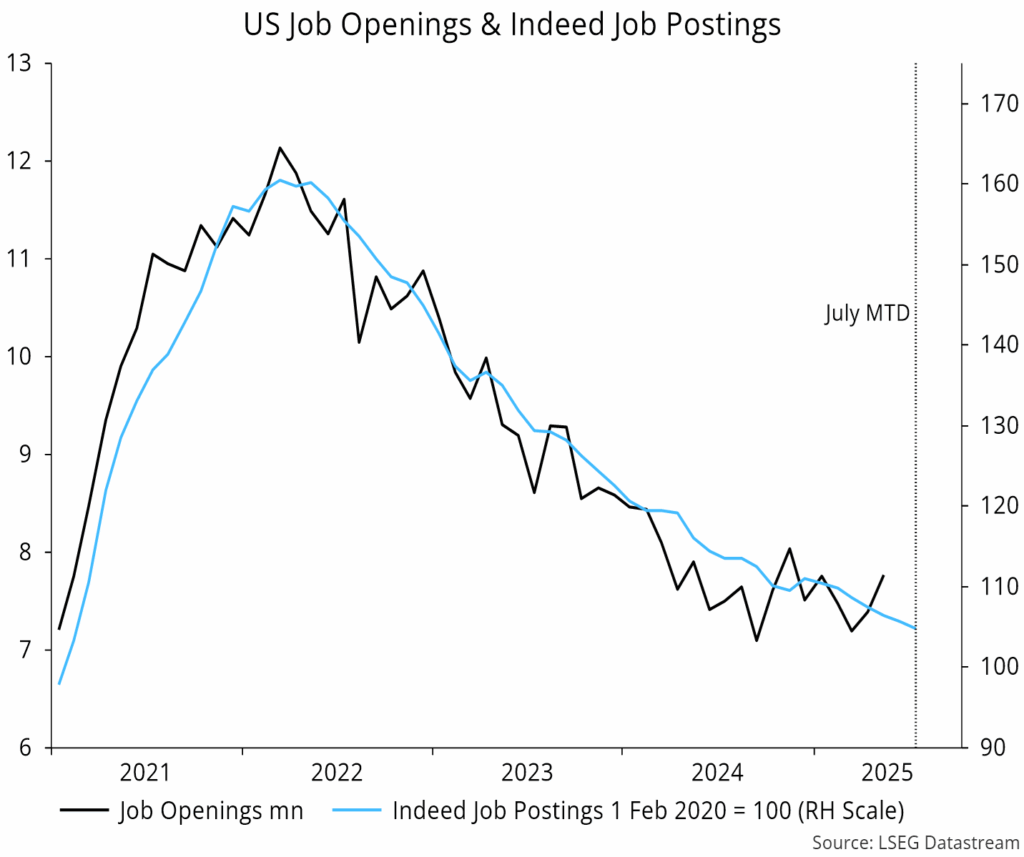
UK official vacancies have fallen by more than suggested by the Indeed numbers recently, raising the possibility of a pause in the decline:
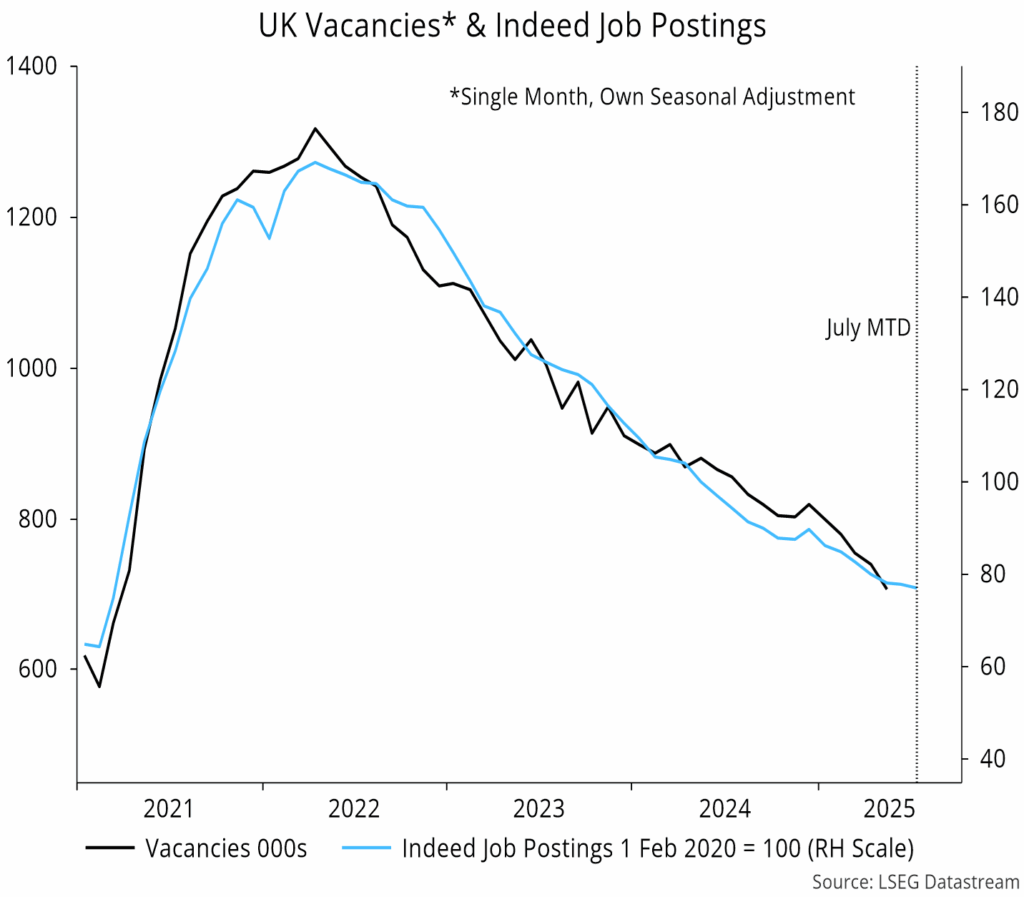
The positions of Canada and the UK as positive and negative Indeed outliers respectively are consistent with relative monetary policies and money growth (i.e. BoC appropriately dovish, MPC asleep at the wheel):
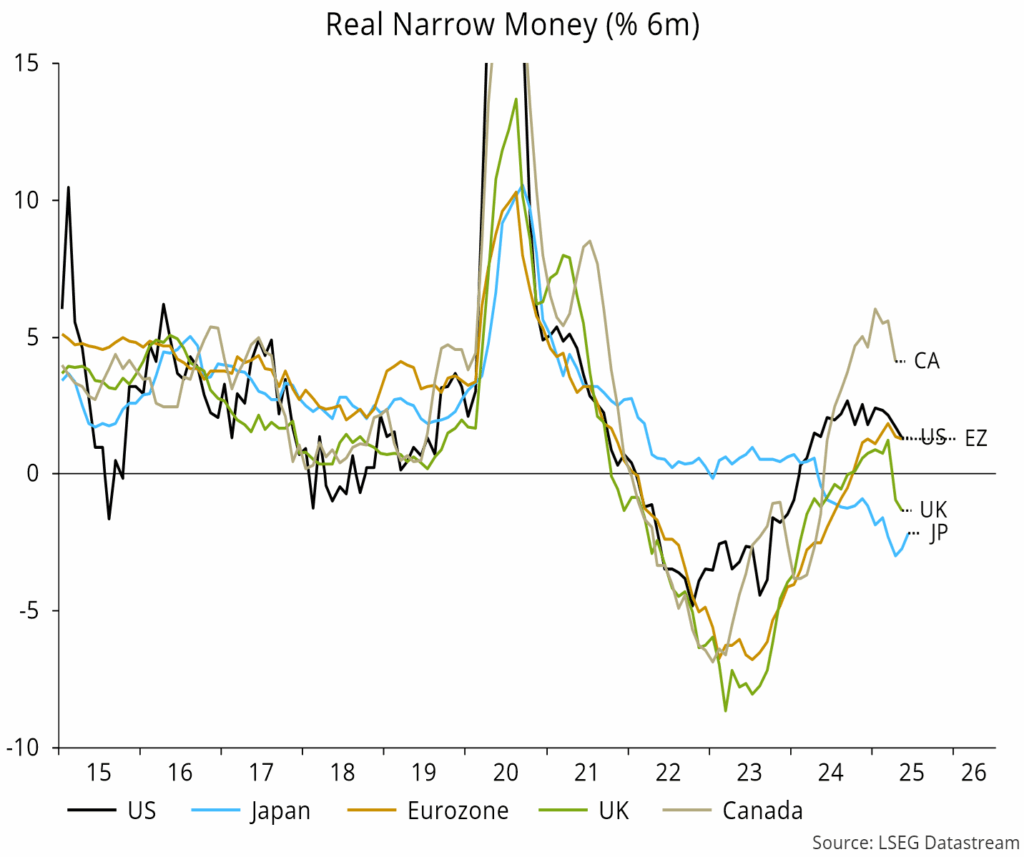
However, Canadian money growth is cooling, suggesting that the BoC needs to keep easing.
Chinese six-month money and credit momentum has moderated, though remains respectable:

Note: a rise in year-on-year growth rates reflected a favourable base effect.
The PBoC has taken advantage of US dollar weakness to ease policy further, managing money rates lower and allowing exchange rate depreciation vs. other currencies:
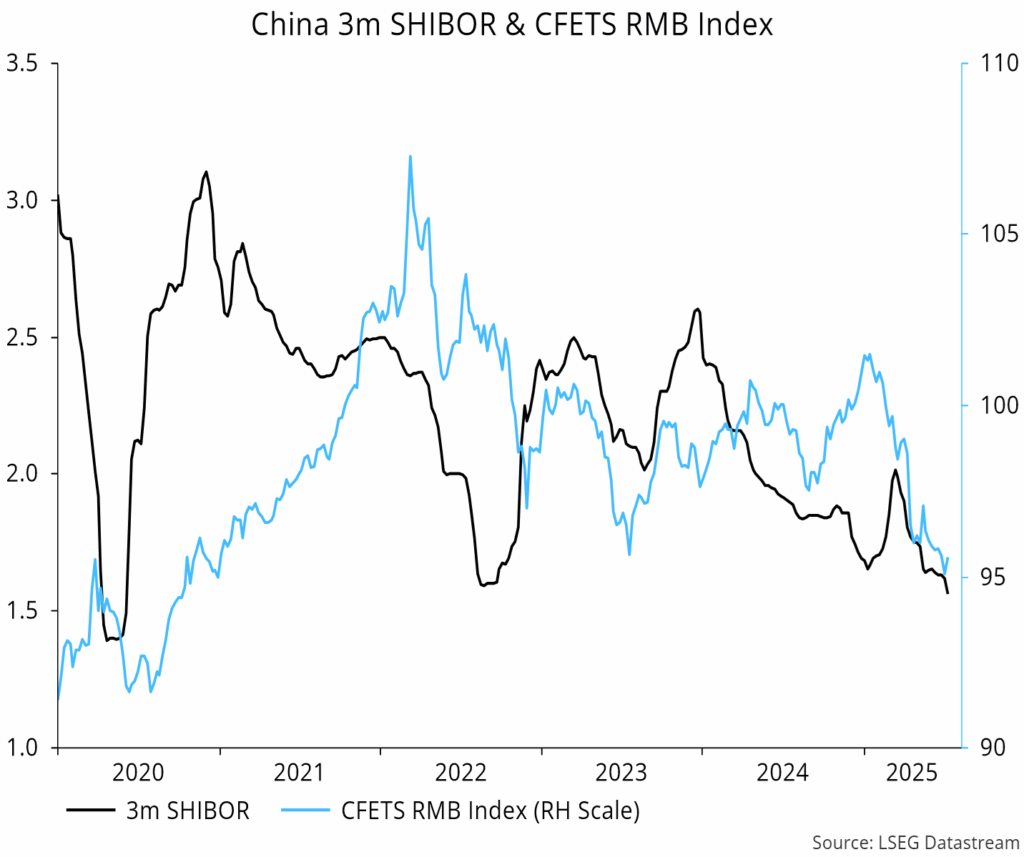
Exports are still benefiting from front-loading but payback is approaching:

Core CPI inflation ticked up but remains very low, while PPI deflation accelerated:

The Japanese 30-year yield is testing its May high. Are rising Japanese yields sucking capital out of other bond markets, driving upward pressure on longer-term yields?:
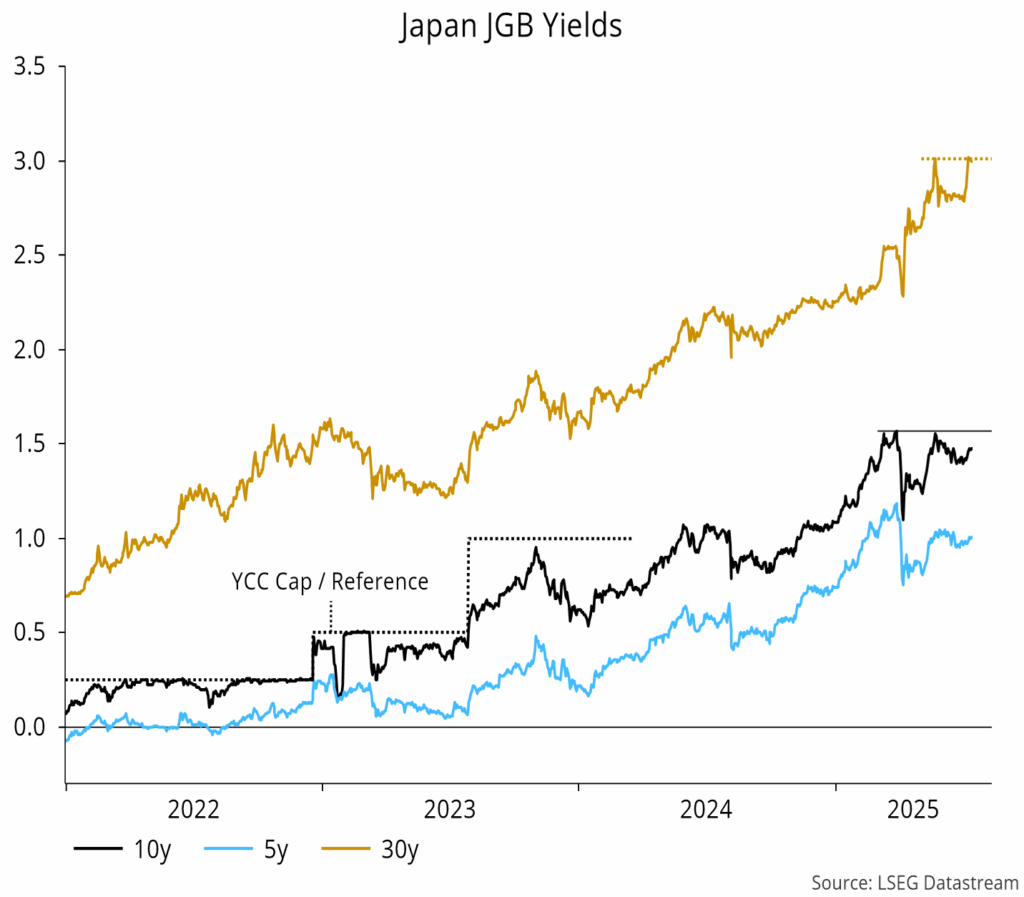
Japanese capital flow numbers show a significant net inflow on the long-term debt account in March / April but nothing extraordinary more recently (through early July):
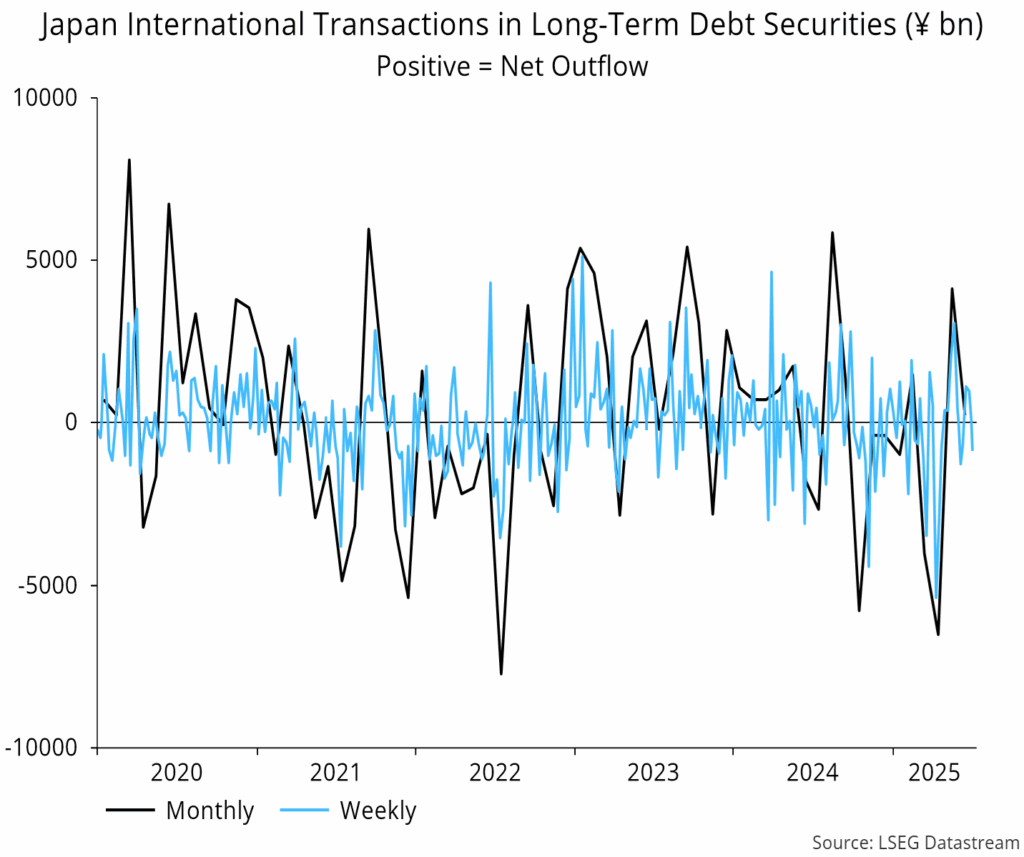
Money numbers have started to recover after extreme weakness:
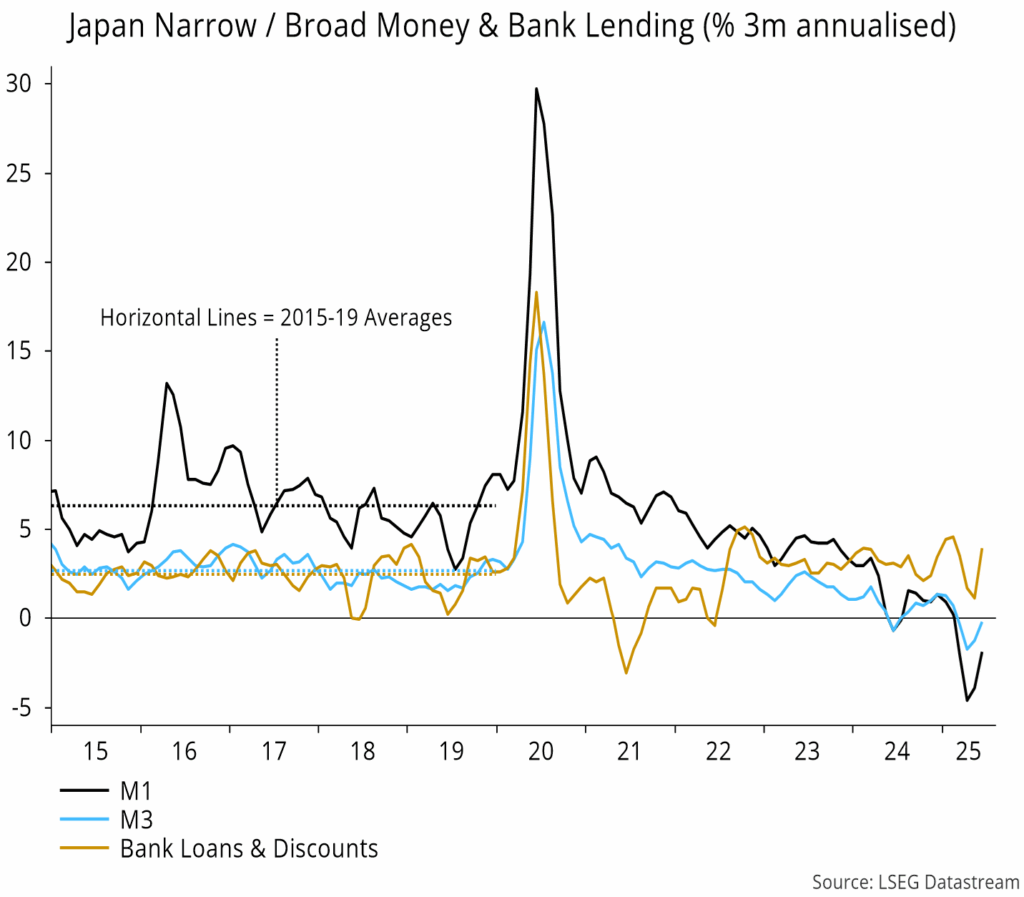
Goods PPI inflation slowed further, with other measures forecast to follow:

Spain remains a positive Indeed outlier but Italian relative resilience may be ending:
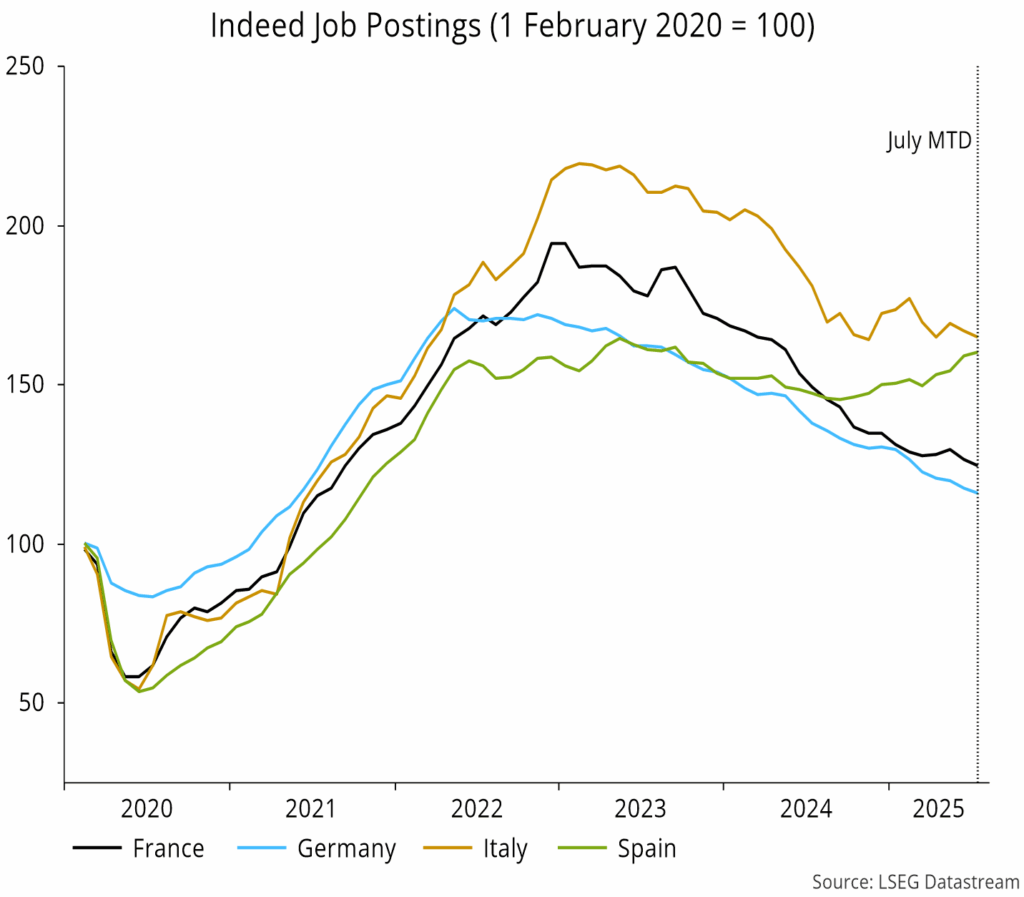
UK GDP contraction in April / May was signalled by weakness in vacancies:
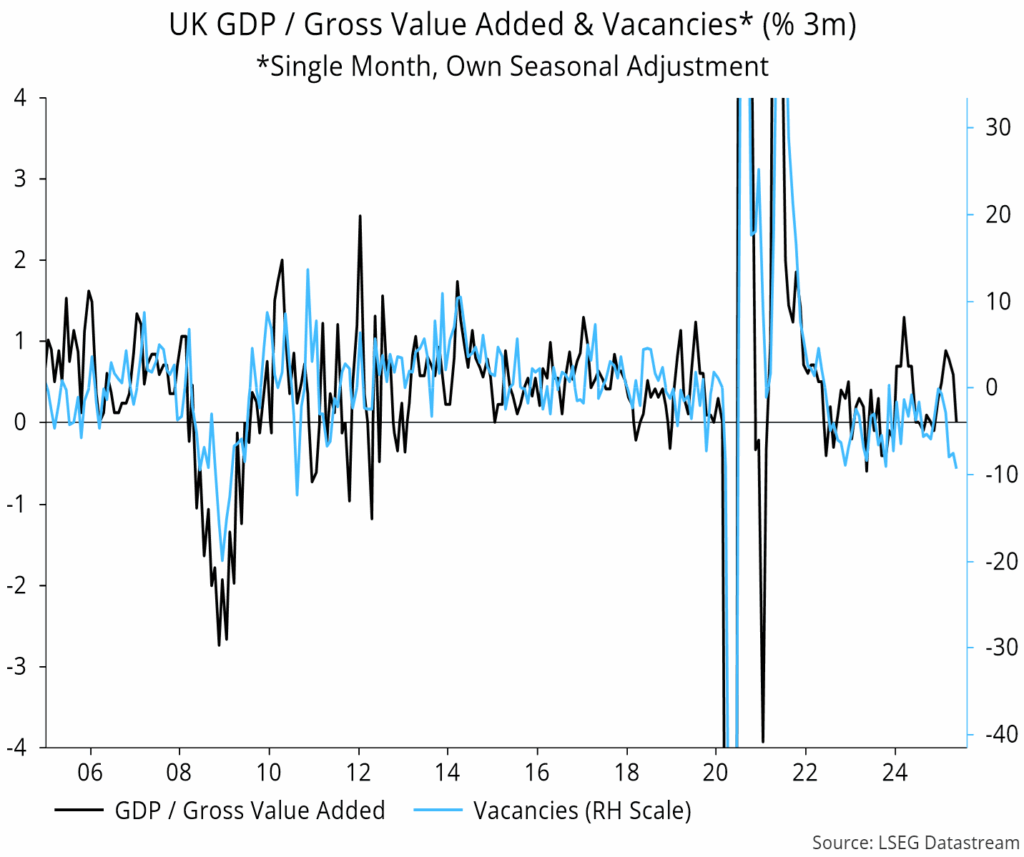



![Jean-Philippe-Lemay, CC&L FG [504x504_03]](https://ns-partners.cclgroup.com/wp-content/uploads/sites/3/2025/06/FG_-Jean-Philippe-Lemay_504x504_03.jpg)



